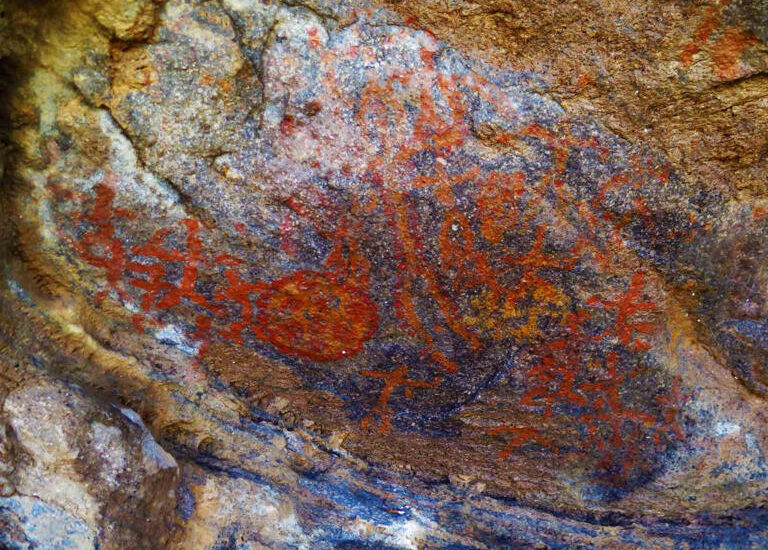
Before the Hittites: 8,000-Year-Old Rock Art Discovered in Central Anatolia
Archaeologists have discovered prehistoric rock engravings estimated to be around 8,000 years old in the Develi district of Kayseri, a region located in the heart of Central Anatolia. The discovery, now awaiting official registration, offers rare insight into one of the earliest symbolic traditions known in the region—long before the rise of the Hittite civilization.
The newly identified carvings, scientifically known as petroglyphs, were found etched into the dark volcanic surfaces that dominate the foothills south of Mount Erciyes. Early analysis suggests the engravings date to the Late Neolithic or Early Chalcolithic period (c. 6000 BCE), when early farming and herding communities began to populate the Anatolian plateau.
“These rock surfaces are like the first canvases of the human mind,” said researchers involved in the documentation process. “Each incision—whether an animal figure, geometric motif, or human outline—reflects a moment of symbolic awareness, a language that predates writing by millennia.”
A Window into Early Symbolic Thought
The site’s location near ancient water sources and open steppe routes suggests it may have served as a place of communication or ritual. While the exact meanings of the engravings remain uncertain, scholars propose that they could represent early expressions of belief, identity, or community gathering—an embryonic stage in the development of Anatolia’s later religious systems.
📣 Our WhatsApp channel is now LIVE! Stay up-to-date with the latest news and updates, just click here to follow us on WhatsApp and never miss a thing!!
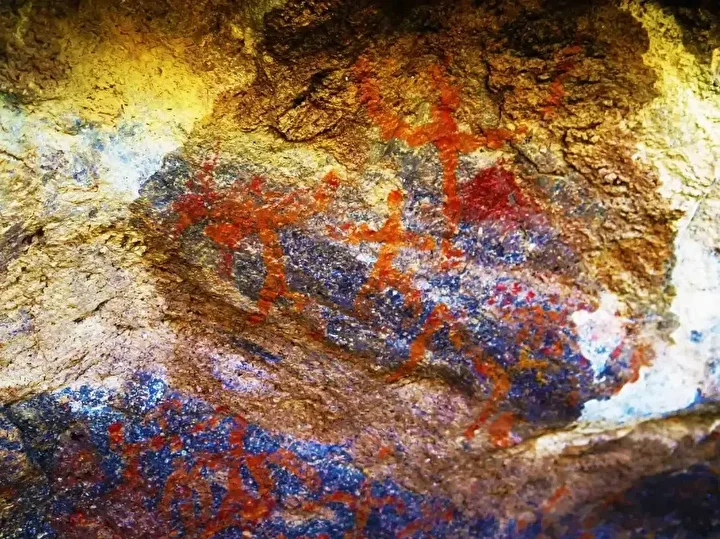
Comparable examples of rock art have been documented in southeastern and eastern Anatolia, including the Hakkari stelae and the Niğde volcanic plateau engravings, but discoveries in Central Anatolia remain extremely rare. The Develi find therefore fills a crucial gap in understanding how symbolic and spiritual behaviors spread across the region during the Neolithic transition.
Scientific Evaluation Underway
The engravings are currently under review by the Kayseri Museum Directorate and the Regional Council for the Conservation of Cultural Heritage. Once officially registered, detailed photogrammetric mapping and microscopic wear analysis will follow, helping to determine tool types, carving sequences, and chronological placement.
Experts emphasize that the discovery could redefine how early symbolic practices in Central Anatolia are interpreted. “This find suggests that organized symbolic expression—possibly connected with early belief systems—was already well established here thousands of years before the Hittites,” said archaeologists familiar with the project.

A New Chapter for Anatolia’s Prehistoric Landscape
The Develi petroglyphs contribute to a growing body of evidence that prehistoric Anatolia was not only a crossroads of early agriculture but also a landscape of emerging consciousness—where people first began to inscribe meaning onto stone.
As investigations continue, researchers believe these engravings will illuminate how ancient communities saw themselves, their environment, and the unseen forces they sought to understand.
Cover Photo: Red ochre figures painted on a volcanic rock surface in Kayseri’s Develi district, Central Anatolia — part of a newly documented 8,000-year-old rock-art panel. Credit: IHA
You may also like
- A 1700-year-old statue of Pan unearthed during the excavations at Polyeuktos in İstanbul
- The granary was found in the ancient city of Sebaste, founded by the first Roman emperor Augustus
- Donalar Kale Kapı Rock Tomb or Donalar Rock Tomb
- Theater emerges as works continue in ancient city of Perinthos
- Urartian King Argishti’s bronze shield revealed the name of an unknown country
- The religious center of Lycia, the ancient city of Letoon
- Who were the Luwians?
- A new study brings a fresh perspective on the Anatolian origin of the Indo-European languages
- Perhaps the oldest thermal treatment center in the world, which has been in continuous use for 2000 years -Basilica Therma Roman Bath or King’s Daughter-
- The largest synagogue of the ancient world, located in the ancient city of Sardis, is being restored



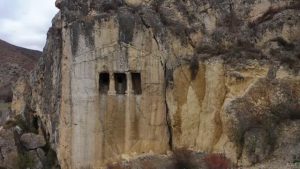

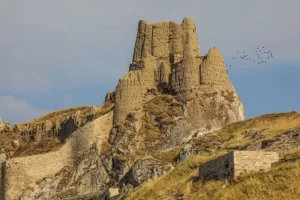
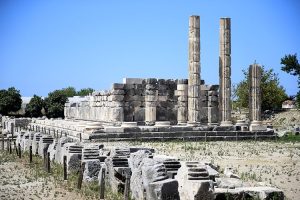



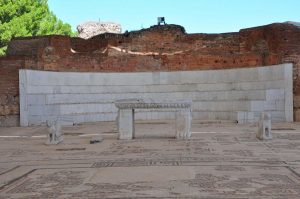
Leave a Reply